Features of planting spruce Glauka globoza and caring for it
Planting spruce Glauka globoza is often used to decorate summer cottages - and this is no accident. The tree really has an exquisite appearance. A blue haze enveloping small lush twigs creates a fabulous impression.
Characteristics of the prickly (blue) spruce
Blue spruce is usually called prickly spruce. She is a stranger in our area. This Christmas tree comes from the northern state of America - Colorado, from where it got its real name "Colorado". The area of distribution of this beauty in natural conditions is very narrow: the states of Utah and Colorado. You can meet her in the mountains and among the rocks at high altitude.
They called the blue spruce because of the unusual color of the needles. All varieties of prickly spruce have a characteristic bluish tint, while the base color may vary. For example: white, silver-green, silver, blue-green, bright blue (for example, at Hoopsie).
Thorny spruce retains its color all year round. Her needles are the most thorny of all conifers. In length, they can grow up to 4 cm. The needles have a wax coating, which helps them easily withstand adverse urban conditions (polluted air).
The life span of prickly spruce is very long - up to three hundred years. The height of the tree can be different, depending on the variety. At the same time, the growth of the tree is very slow.
Spruce Glauka, in other words "gray", is known in two varieties: standard (ordinary) and small (dwarf). An ordinary tree has a trunk length of up to 35-40 cm and grows by about 1-1.5 m. The dwarf tree grows more slowly (8-15 cm per year), and its maximum height does not go beyond two meters. The correct name for this baby is Glauka globoza (Globe gray).
Glauka globoza was bred by selection in 1937 by Dutch breeders. It is a slow growing variety. In 25-30 years after planting, it can reach a height of only one and a half or two meters. The crown in the initial period of growth has the shape of a ball, slightly flattened. Then it will gradually take on a conical appearance.
The branches are tough, strong, grow at right angles to the sides or stretch upward, keep their shape well.
The color of the needles is light blue with a silvery sheen, it is similar in color to another variety of blue firs - Hoopsie. This coniferous plant has a particularly bright shade of blue. Hoopsie is a medium-sized variety, such a plant grows up to 10-12 m. Beautiful blue spruce is often used to create a forested area within the city.
Glauka globoza is very popular among landscape designers. It can serve as a decoration for any land plot. In the skillful hands of a specialist, this spruce will give incomparable charm to your garden or cottage.
The use of dwarf spruce for decoration gives a wide scope to the creative imagination. You can plant it surrounded by all kinds of flowers, cereals or shrubs. A fir tree among stones will look good. You can endlessly experiment with the inclusion of blue beauty in the overall picture of the natural community of your garden or rock garden. This type of spruce lends itself well to clipping, so you can give it any shape you want. You can also make beautiful compositions in your garden with the Hoopsie spruce, its unrivaled blue hue will serve as an excellent addition to the country landscape.
The coniferous miniature plant Glauka globoza perfectly tolerates frosts and the polluted climate of megacities. However, in the first winter after the planting is completed, it is better to cover the Christmas tree from frost.
How to grow a blue spherical spruce
Spruce Glauka globoza loves good care, especially at the initial stage of growth. She really needs light, but the plant can grow in partial shade. It tolerates drought and frost well.
The soil prefers fertile, acidic, well-permeable moisture and air - for example, loam or sandy loam are well suited. You can not plant a spruce on heavy alkaline soil, the tree will feel bad in too dry or very wet soil.
Not suitable for permanent cultivation in areas with a high groundwater content or wetlands.
Tips
It is better to plant spruce in spring. During this period, the young individual will more easily adapt to new conditions and will get stronger faster. Autumn planting most often ends in the death of seedlings, they do not tolerate the winter cold.
Feed your spruces once a year with a special compound for conifers.
Reproduction of a dwarf blue spruce by seeds
Spruce can be propagated by cuttings or seeds, as well as by grafting. It is most convenient to plant the purchased ready-made seedling and transplant it to the chosen permanent place. For growing spruce with your own hands from scratch, the seed propagation method is best suited. Let's consider it in more detail.
- The first step is to get the seeds. They are harvested from cones that will ripen in the first year of life in the fall. You can harvest cones for seeds from October to late autumn. The collected buds are brought into heat and left there for several days, until their scales open. Now you can get seeds from the buds. The seeds are sorted, leaving the best ones.
- Before sowing, the seeds must be disinfected (treated with manganese solution) and stratified. They must be stored all winter under a snow cover, protecting them from rodents.
- Sowing is carried out with the onset of the first spring days. First, the seeds are taken out of a cold place and dried well.
- Seeds are planted under a film in a greenhouse or greenhouse. For the soil, a special composition is taken: peat, fertilizers for conifers and fungicides in a small amount. The seeds are placed in the soil to a depth of 2 cm.
- Care after planting seeds: ensure adequate moisture.
- Saplings grow up to three years. By this time, future spruces are ready for transplanting into open ground. Do not be alarmed if there are few of them. Not all seeds will sprout. This is normal.
- In the open field, young Christmas trees grow for another four years, observing regular watering and feeding. When the spruce trees are about seven years old, they can already be attached in a permanent place by making the last transplant.
How to propagate spruce cuttings
With this method of breeding Glauka globoza spruce, all the characteristic features of the mother variety are preserved. It is more suitable for professionals, but will give better results than seed reproduction.
For growing the future spruce, parts of the branches of an adult are taken. They must be chosen correctly: the size of the cutting should be about 10 cm, the cutting itself is cut with a small piece of bark. Cuttings are cut in mid-spring or autumn, as well as in summer. For cutting the planting material, young spruce trees eight years old are chosen. What to do next? Provide good care.
- First, place the cut fragments in the stimulating solution. Then the cuttings are planted at an angle in a special substrate, bought in a store or made with your own hands: sand plus peat and perlite in the same amount. There should be drainage at the bottom.
- Cover the cuttings with a film, well moisten the soil, create a shade.
- When the shoots take root, they are transplanted into a greenhouse after a year. An abundance of sunlight is important at the initial stage of growth. In greenhouse conditions, the seedlings will grow for another four years.Then they will be put in the chosen permanent place.
Tips for caring for seedlings
- Maintain sufficient soil moisture.
- Use dry watering (loosening the soil), but do it carefully: the spruce root system is located at the surface.
- Watch how the seedling looks. If red needles appear, it means that a fungus has started, crumbling needles indicate waterlogging.
- When watering, it is advisable to warm up the water so that there is no contrast with the warm soil temperature.
How to transplant grown seedlings correctly
Saplings that have reached the age of four years must be transplanted to a permanent place. The transplant is carried out together with an earthen lump.
- Provide a good drainage layer at the bottom of the planting hole if the soil is heavy.
- The volume of the pit is made almost twice as large as the earthen lump itself.
- The depth should be up to one meter with clay soils (including a drainage layer up to 20 cm); if the soil is sandy, then the deepening is made up to 80 cm.
- The following composition of the earth is placed in the depression: black earth layer and sandy layer in equal shares. Sand can be mixed with sawdust.
- Immerse a clod of earth together with a bag or net (so as not to damage the integrity of the clod), these materials will decompose in the ground.
- Gradually cover the spruce with soil, watering and compacting layer by layer.
- The seedling is covered with earth to the top of the coma.
Watering after transplanting should be abundant and regular. During the first year in the summer they water it twice a week, at other times it is enough once. The higher the plant, the more water you need to take: ten liters per one meter, fifteen - one and a half, thirty - two and a half, if the plant is higher than three meters, take about forty liters of water.
How to care for a spruce after planting in a permanent place
Caring for the Glauka globoza spruce will require you to complete the following steps.
- Treat in the first week with a solution that stimulates root growth.
- Spray branches and coniferous cover with "Epin" dissolved in water: take an ampoule for five liters. You can use "Zircon", dilute it in a ratio of 1 ml to 10 liters of water.
- In spring, hide the spruce under a net with small holes to protect it from bright sunlight.
- Help thaw the earthen coma under the spruce after winter, pour it with warm water.
- Feed the plant with a coniferous fertilizer. It is unacceptable to use urea, manure, humus!
If you do everything right, then lush forest beauties of a magical blue color will soon grow in your garden.
The main thing is to survive the first and most difficult stage: planting and growing young seedlings. A patient attitude and good care will do the trick. After all, grown and sufficiently strong spruces grow by themselves, requiring almost no effort from you in the future.
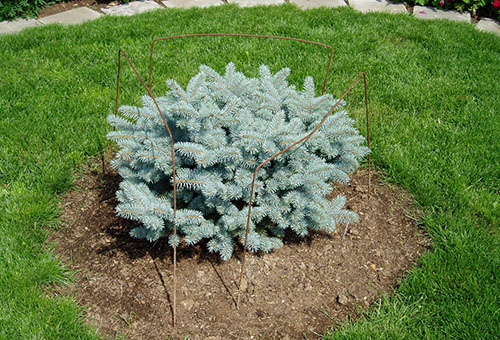
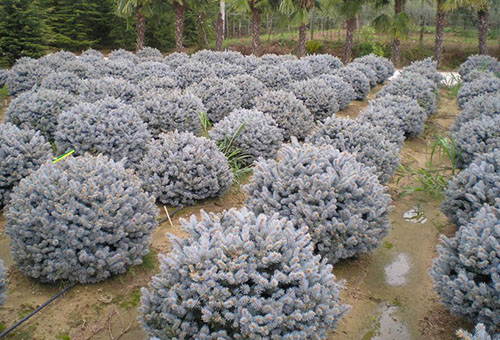

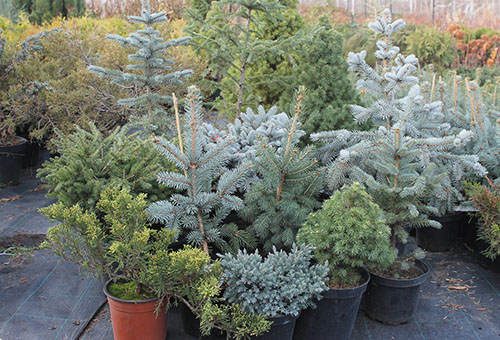
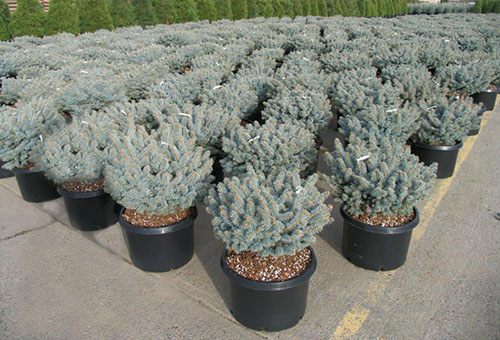

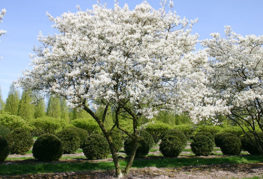
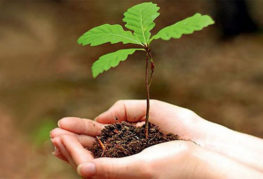
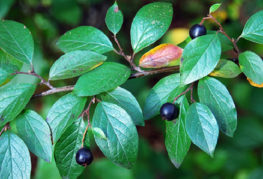
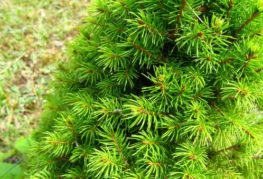

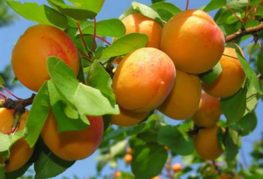
and will be published shortly.